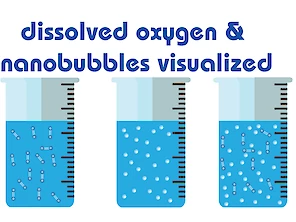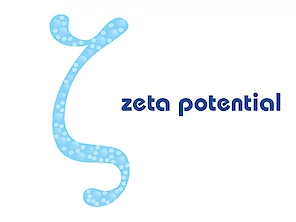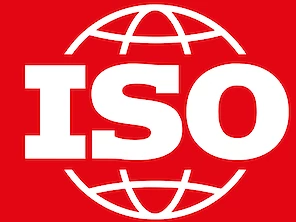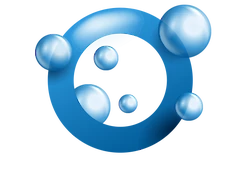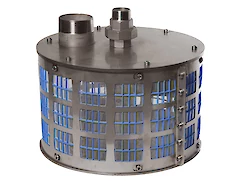nanobubbles zeta potential
Understanding Zeta Potential in Nanobubbles


Nanobubbles—tiny gas-filled bubbles with diameters less than 200nm—are creating new opportunities in water treatment, agriculture, and medical applications. An essential property influencing their behavior and stability is the zeta potential.
What Is Zeta Potential?
Zeta potential is the electrical potential at the slipping plane of a particle suspended in a fluid. In the case of nanobubbles, the surface of each bubble often acquires a charge when in contact with water. This negative or positive surface charge attracts counterions, forming a tightly bound layer known as the Stern layer and a more diffuse outer layer of ions. The zeta potential is the voltage measured at the interface where the mobile fluid layer "slips" past the stationary layer of ions as the nanobubble moves through it.
Why Is Zeta Potential Important for Nanobubbles?
- Stability: A high absolute zeta potential (positive or negative) means that nanobubbles repel each other, reducing the likelihood of coalescence and enhancing their stability in suspension.
- Aggregation: When the zeta potential is low, attractive forces can dominate, causing nanobubbles to cluster and collapse, which is undesirable for most applications.
Measuring and Interpreting Zeta Potential
Zeta potential is usually measured in millivolts (mV). Nanobubbles with zeta potentials above +30mV or below –30mV are considered highly stable in aqueous solutions. Operators of nanobubble generators routinely measure and adjust conditions such as pH and ionic strength to modulate zeta potential and optimize nanobubble performance.
Understanding zeta potential enables nanotechnology engineers to fine-tune nanobubble stability for specific industrial and biomedical applications, resulting in more efficient and reliable processes.
Links
3 Links to other pages: zeta potential
Zeta potential is the electrostatic potential at the slipping plane of nanobubbles, determining their double-layer structure and colloidal stability in water.
Washing of surfaces and laundry is one of the promising areas were nanobubbles can make a difference in the application. Reducing the amount of detergent, has a positive effect by reducing pollution, washing laundry without detergent, would greatly benefit the environment. Nanobubbles can lower the surface tension of water, the large amounts of oxygen molecules in bubbles charge the water negative.
The electrical properties of gas bubbles are important in determining the interaction of nano-bubbles if and when they merge together and how they interact with other materials such as solid particles or oil droplets. Knowledge about this helps application development in for example, protein skimmers, froth flotation, food processing, washing surfaces and purification.
